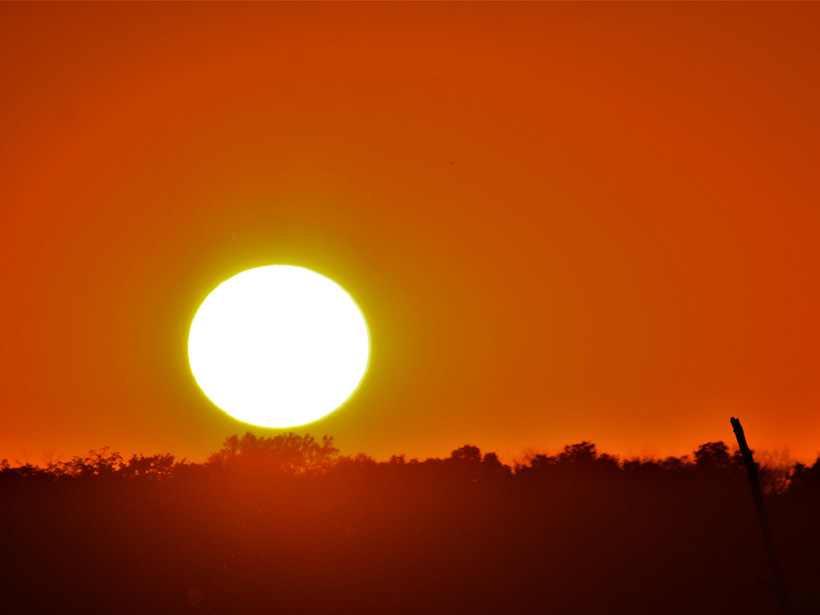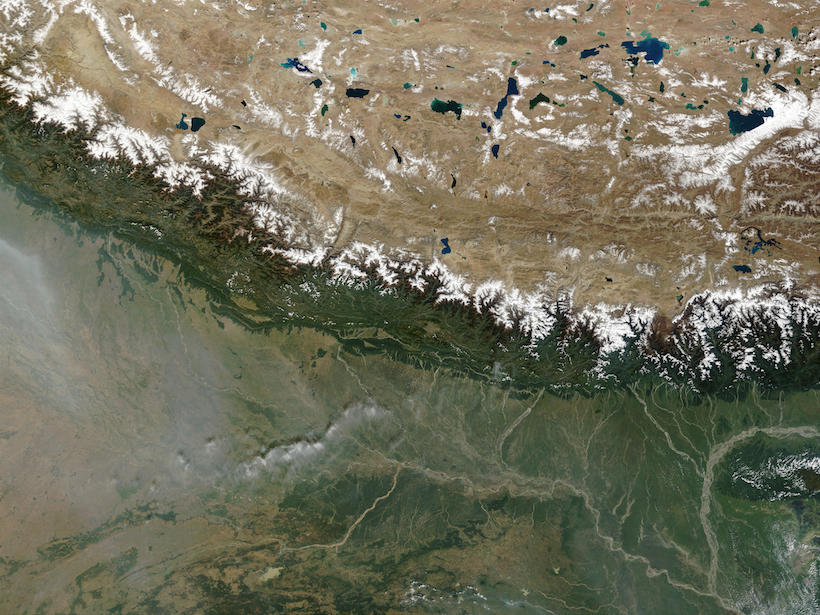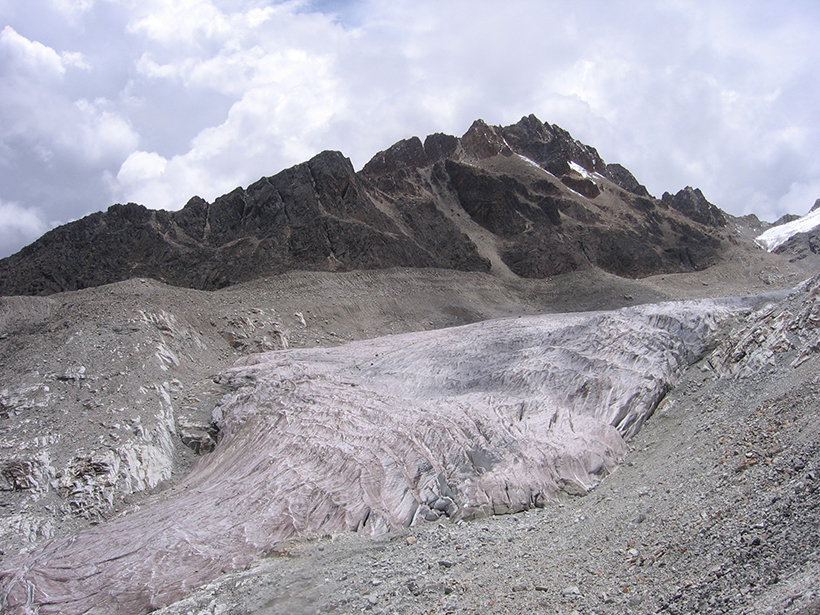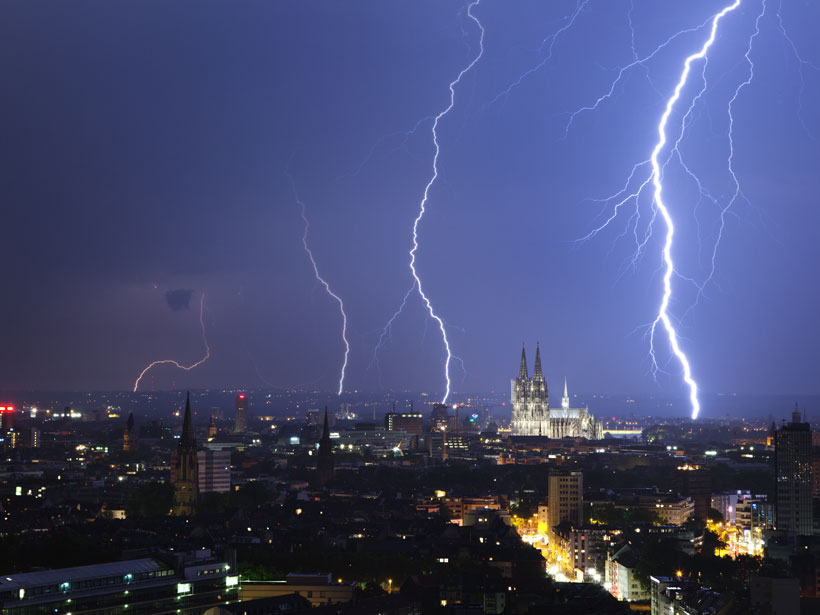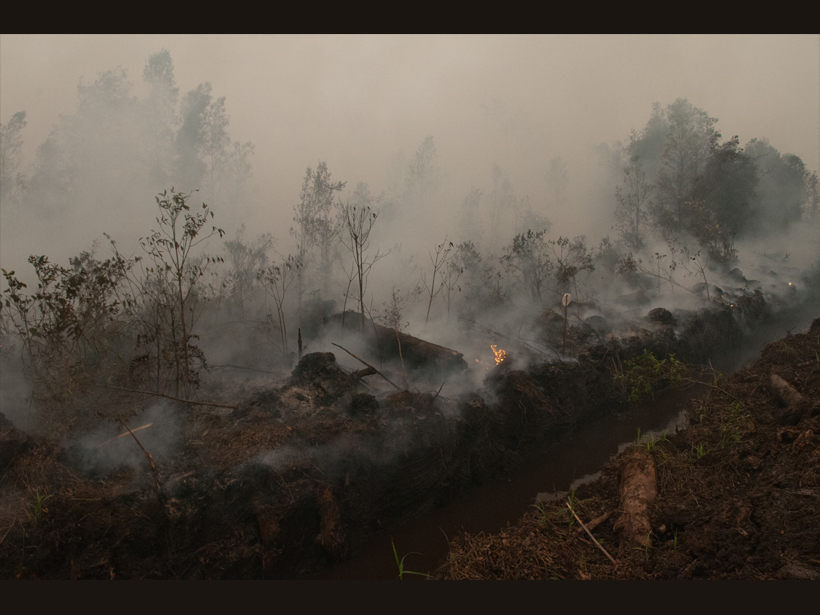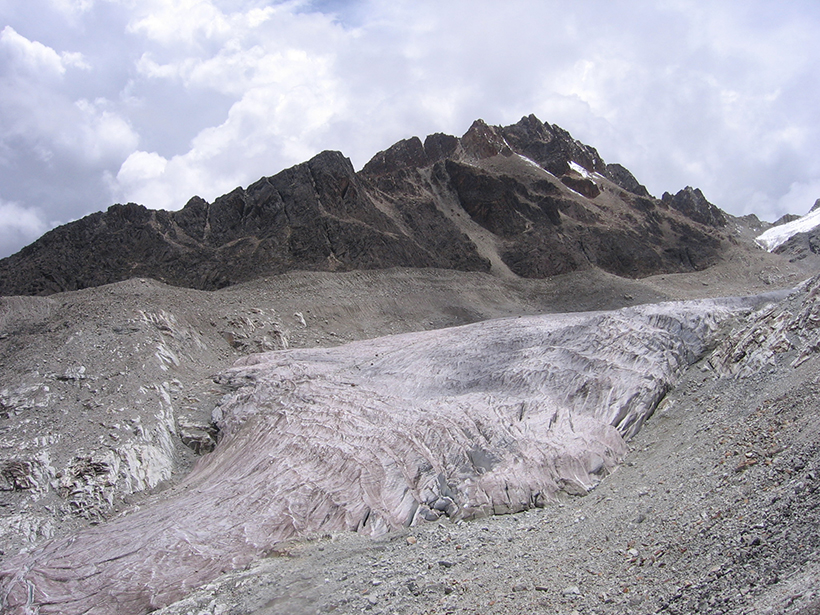New research indicates the cooling effect of rare, large eruptions will increase, whereas the effects of more frequent, smaller eruptions will be reduced.
Michael Allen
Rapidly Increasing Chance of Record-Shattering Heat Extremes
A new study warns that we need to expect and prepare for unprecedented heat waves in the near future.
Siberian Heat Wave Nearly Impossible Without Human Influence
A new study finds that the exceptional temperatures seen in Siberia in the first half of 2020 would have been extremely unlikely without anthropogenic climate change.
Pollution over the Tibetan Plateau Linked to Sea Ice Loss in the Arctic
New research suggests an atmospheric connection between Arctic sea ice melt and anthropogenic aerosol pollution over the Tibetan Plateau.
Los Incendios del Amazonas Contribuyen al Derretimiento de los Glaciares Andinos
Investigaciones recientes revelan que las emisiones de carbono negro producidas por los incendios en el Amazonas causan que los glaciares en los Andes absorban más radiación solar y se derritan más.
Northern Europe Set for Increases in Lightning
As the climate warms across Europe, a rise in severe thunderstorms could bring a dramatic increase in related hazards, including lightning and hailstones.
Starting (and Stopping) a Fire to Study It
Fire experiments on peatlands in Southeast Asia have identified previously unknown emissions patterns and could point to ways to detect these smoldering fires before they become too big to fight.
Amazon Fires Contribute to Andean Glacier Melting
New research finds that black carbon emissions produced by fires in the Amazon cause glaciers in the Andes to absorb more sunlight and melt more.
Peatlands Are Drying Out Across Europe
Peatlands are some of the world’s largest reservoirs of soil carbon, but new research finds that in Europe they are drying out, putting them at risk of turning from carbon sinks to carbon sources.


